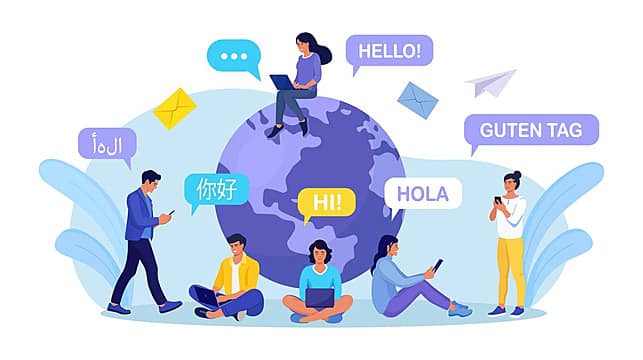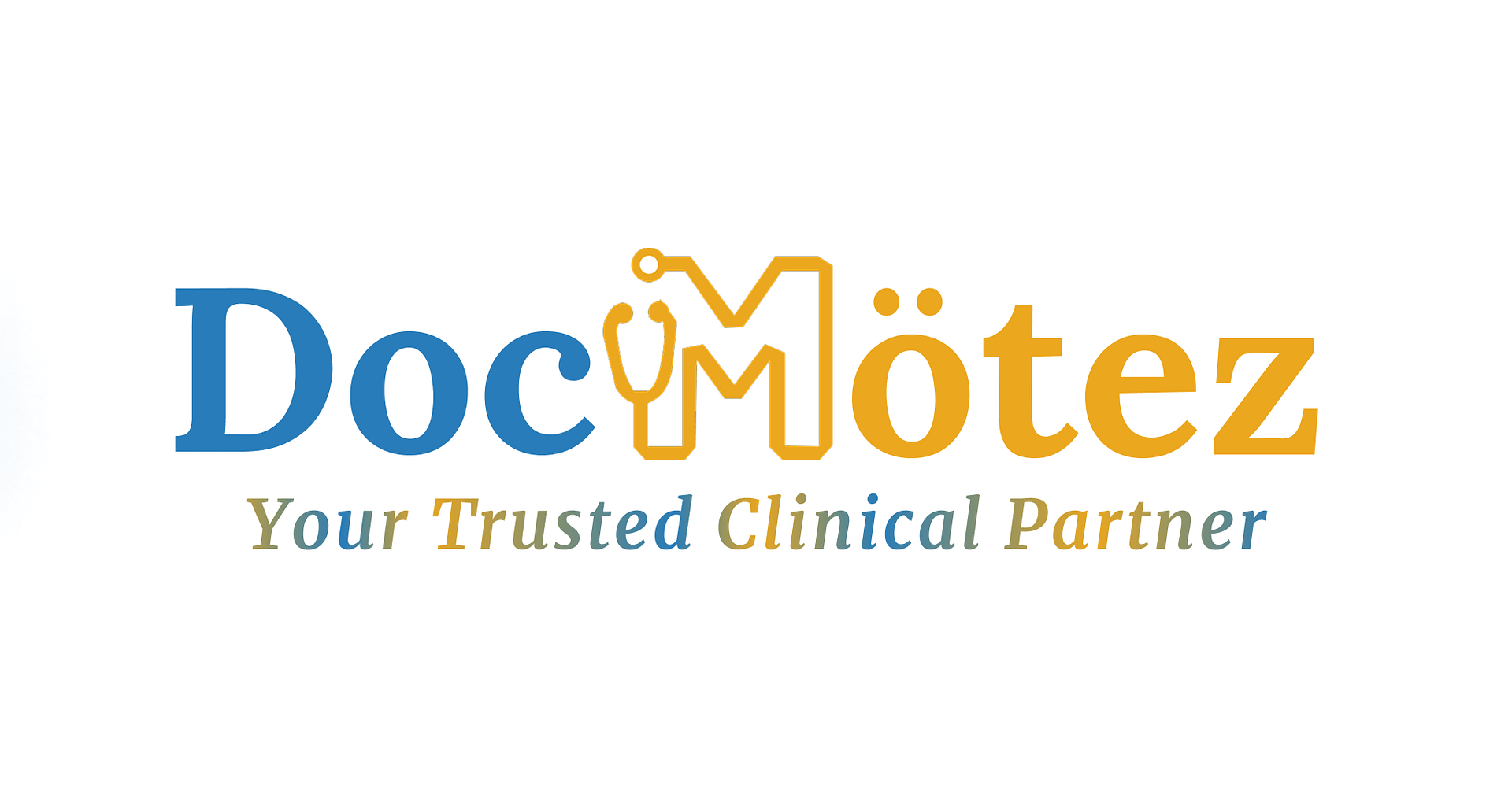Multilingual access is the ability to engage with multiple languages in daily life. It can also refer to the ability to use different languages effectively and appropriately for communication.
- Improved User Experience:
Users feel more comfortable and connected when accessing content in their native language. It enhances accessibility for individuals with limited proficiency in other languages. - Wider Audience Reach:
Businesses or platforms can attract a global audience by breaking down language barriers. Expands market potential and improves international reach. - Cultural Inclusivity:
Demonstrates respect for cultural and linguistic diversity. Helps foster trust and connection with multicultural audiences. - Competitive Advantage:
Companies offering multilingual access stand out against competitors who may not. - Enhances brand reputation and global visibility.
- Increased Customer Engagement:
Multilingual options encourage users to stay longer and engage more with content. Users are more likely to convert into customers if the communication feels familiar. - Enhanced SEO and Visibility:
Multilingual websites rank better in search engines across different regions. Improves visibility in country-specific searches (e.g., Google, Baidu, Yandex). - Better Communication:
Reduces misunderstandings caused by language differences. Ensures clear and effective messaging for international audiences. - Boosts Revenue and Sales:
By catering to non-native speakers, businesses tap into new markets, increasing sales opportunities. Facilitates seamless product or service information delivery, leading to better purchasing decisions.
10. Accessibility Compliance:
Supports inclusivity and accessibility regulations by accommodating linguistic diversity.







